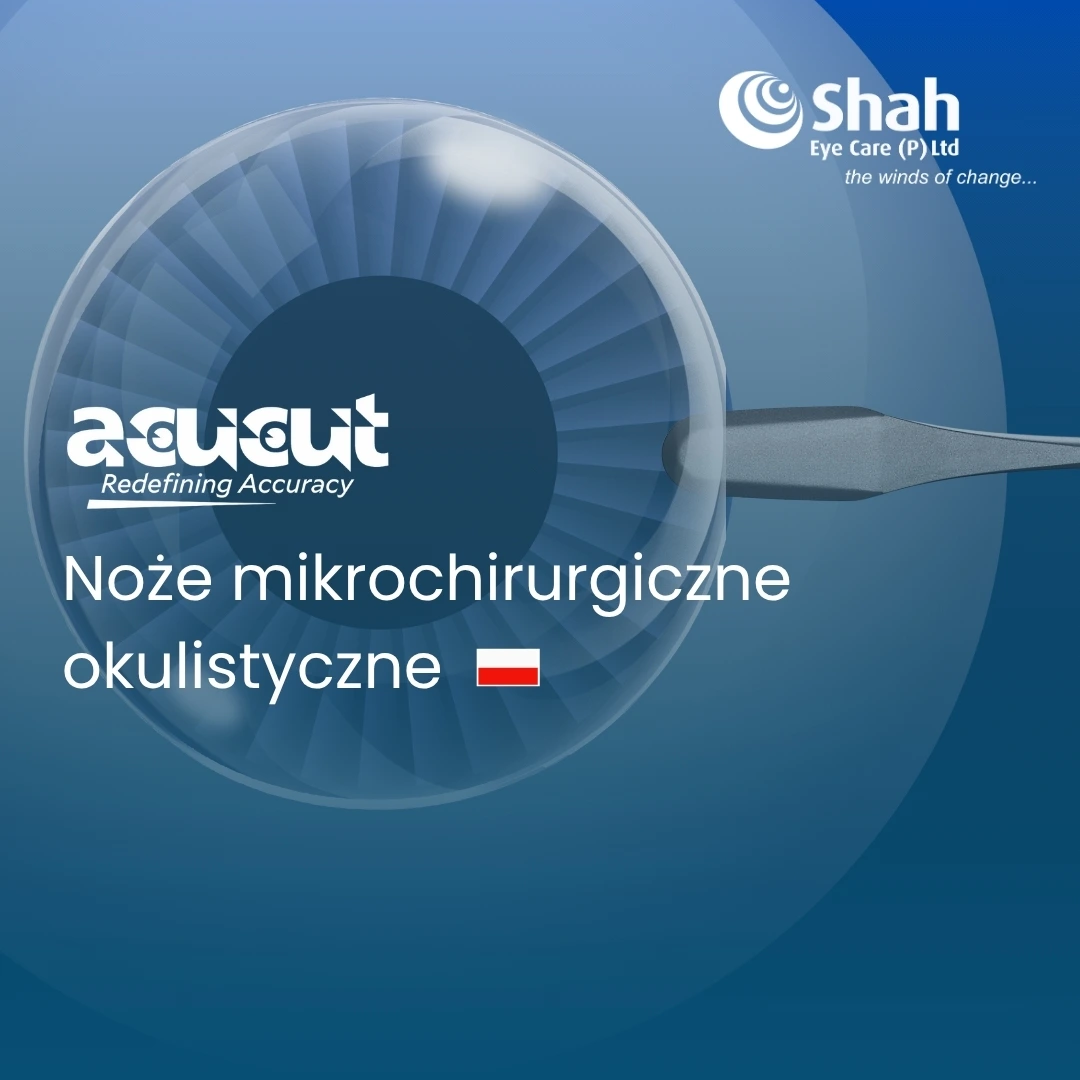A usability study evaluates how easy and effective a product is for its intended users – in this case, ophthalmic surgeons. It involves testing the knives in real surgical scenarios to assess their ergonomics, comfort, grip, precision, and overall safety. The goal is to identify any potential challenges or improvements that could be made to optimize the surgical experience further.
Key Components of the Usability Study for Acucut Ophthalmic Knives
Ease of Use
One of the main focuses of the usability study is determining how easily a surgeon can use the Acucut knives. This includes testing the ease with which the knives are handled, their grip comfort, and their overall ergonomic design. Surgeries can be long and require delicate movements, so it’s essential that the instrument feels balanced and intuitive.
Ease of Removing the Knife from the Tray
The usability study also evaluates how easily the Acucut Ophthalmic knives can be removed from their tray, which can influence the surgeon’s workflow. The knives are designed for easy access, with a mechanism allowing quick and safe removal without compromising sterility, thus saving valuable time in the operating room.
Ease of Selection of Size of Ophthalmic Knives
Ophthalmic procedures often require different sizes of knives depending on the type of incision or surgery being performed. The usability study assesses how easy it is for surgeons to identify and select the correct size of Acucut knives from the available range.
Cutting Precision
Surgeons need tools that offer unparalleled precision to avoid complications during delicate procedures like corneal incisions. In the usability study, the knives are assessed for their ability to create consistent, smooth incisions. Precision is measured through feedback from surgeons on the sharpness, blade consistency, and incision quality.
Feedback from Surgeons
After using the knives in simulated or real surgery scenarios, surgeons provide valuable feedback on their experience. This includes ease of handling, precision during use, and overall satisfaction. This feedback is crucial in refining the design and functionality of the knives.
Why Usability Studies are Crucial for Ophthalmic Knives
Improving Surgeon Performance: A usability study helps identify any design flaws that could hinder their performance, ensuring that the Acucut knives enable smooth, precise actions during critical moments in surgery.
Enhancing Patient Safety: A product that enhances the surgeon’s performance directly benefits the patient. By addressing concerns raised in usability studies, Shah Eye Care ensures that the knives minimize the risk of complications and improve patient outcomes.
Innovation in Design: Feedback from surgeons in the usability study can also lead to innovative changes in the design of the knives. This constant cycle of feedback and design improvement results in tools that are both cutting-edge and patient-centered.
Regulatory Compliance and Market Acceptance: Usability studies also help ensure that the knives meet regulatory standards for medical devices. This not only guarantees compliance but also enhances market acceptance, as surgeons prefer tools that have been tested rigorously for safety and performance.
In ophthalmic surgery, the devices used and instruments play a critical role in determining the success of the procedure. Through rigorous usability studies, Shah Eye Care has ensured that the Acucut Ophthalmic Knives continue to meet the high standards required by ophthalmic surgeons. The combination of user-centric design, surgeon feedback, and continuous innovation positions these knives as a reliable choice for professionals in the field.
As Shah Eye Care continues to listen to and learn from surgeons, we can expect the Acucut series to evolve, setting new benchmarks in the precision, safety, and effectiveness of ophthalmic surgical instruments.












